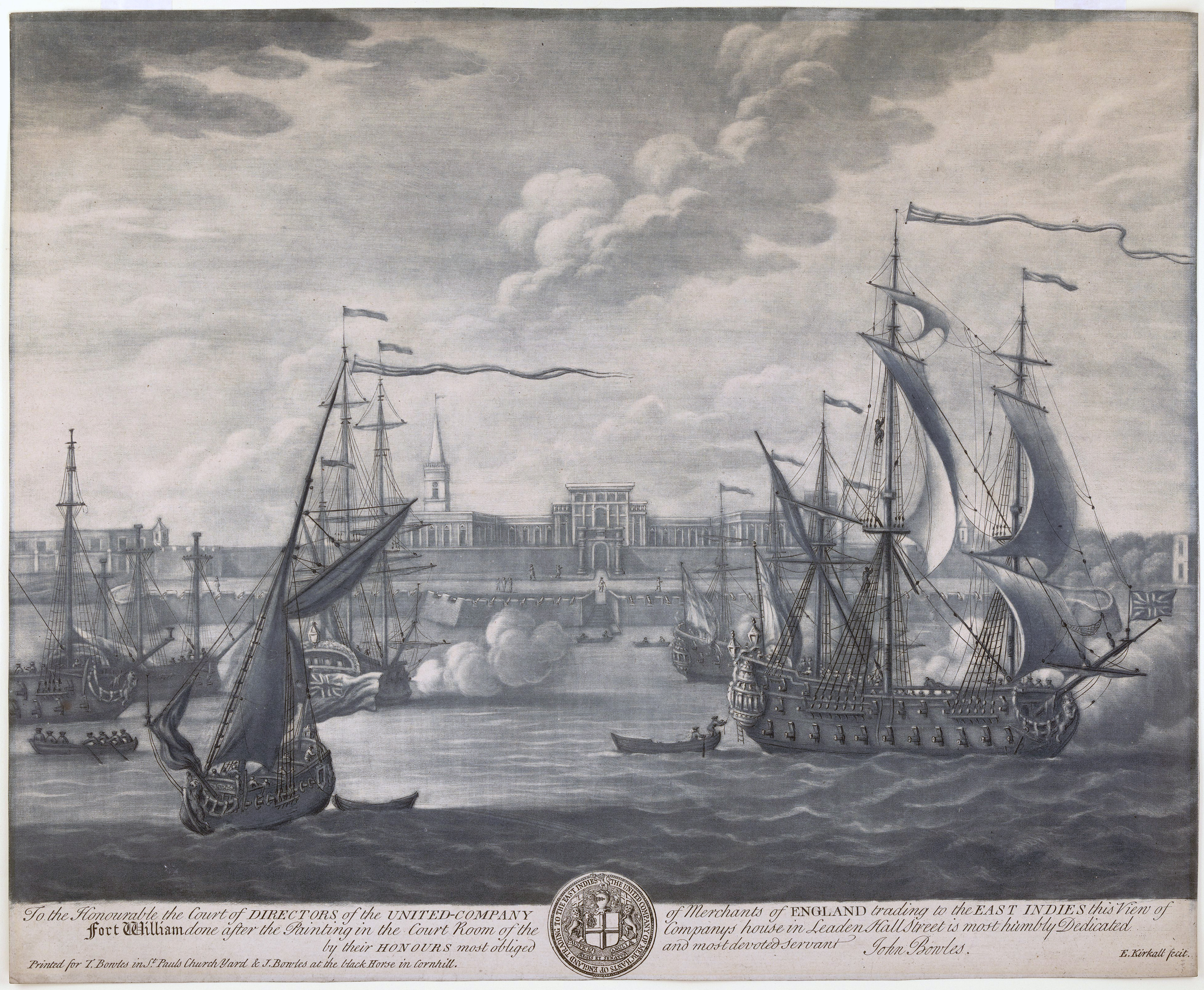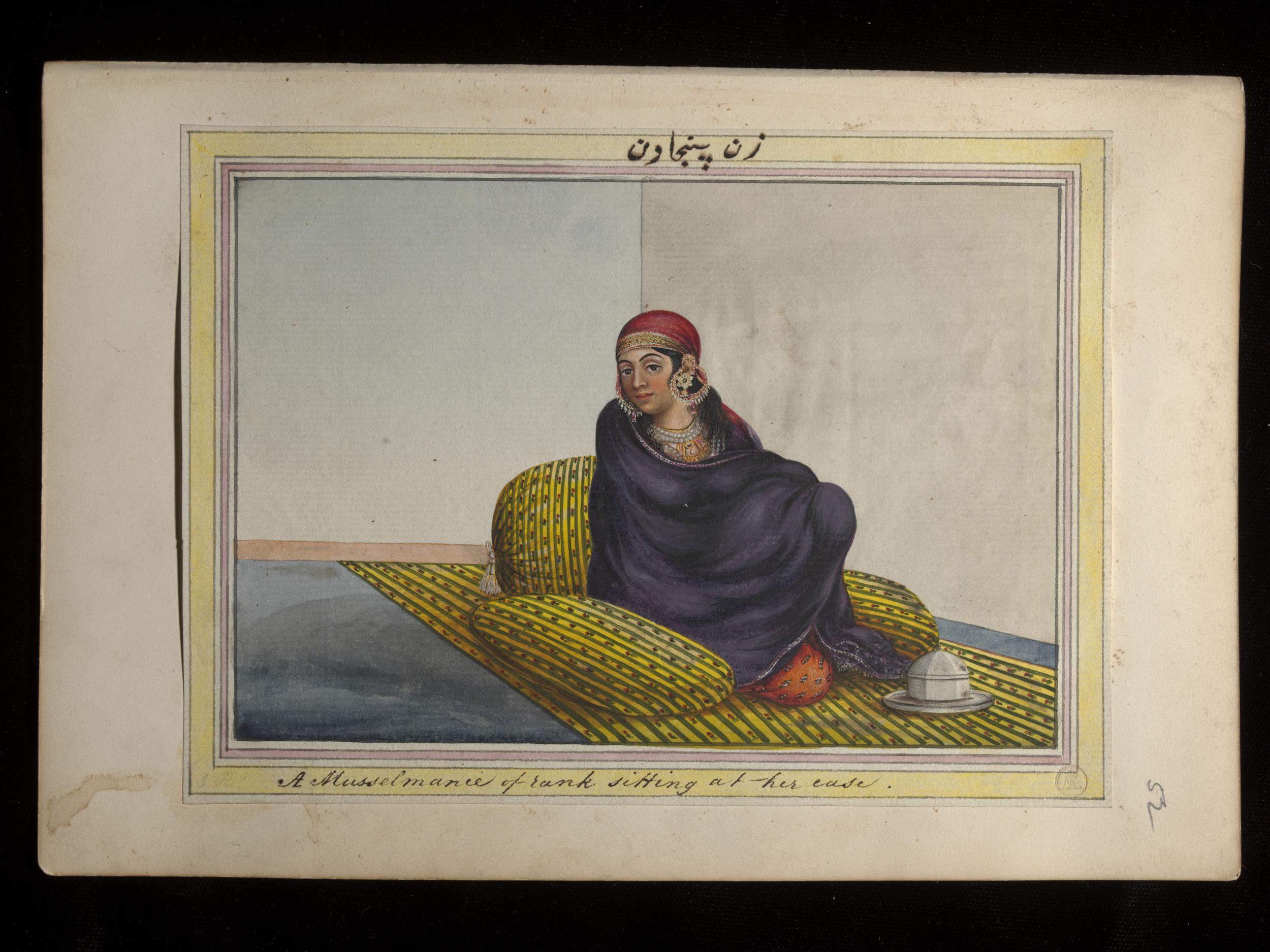|
Tandah
Tandah (modern day Tanda) was a town in the district of Fyzabad (modern day Faizabad), Oude, British India, located three miles from the Ghogra (Ghagra or Saryu) River and 100 miles southeast of Lucknow. It was the seat of the largest weaving colony in the province, and manufactured both coarse cloth and fine muslin Muslin () is a cotton fabric of plain weave. It is made in a wide range of weights from delicate sheers to coarse sheeting. It gets its name from the city of Mosul, Iraq, where it was first manufactured. Muslin of uncommonly delicate handsp .... References History of Uttar Pradesh Former capital cities in India {{India-hist-stub ... [...More Info...] [...Related Items...] OR: [Wikipedia] [Google] [Baidu] |
Faizabad
Faizabad (Hindustani pronunciation: ɛːzaːbaːd is a city situated near the southern banks of Saryu river in Ayodhya district in the Indian state of Uttar Pradesh. The area of this Faizabad region is administered by Ayodhya Municipal Corporation. It was the headquarters of Faizabad district and Faizabad division until 6 November 2018, when the Uttar Pradesh cabinet headed by chief minister Yogi Adityanath approved the renaming of Faizabad district as Ayodhya district and Faizabad division as Ayodhya division. Faizabad is situated on the banks of river Saryu about 130 km east of state capital Lucknow. It was the first capital of the Nawabs of Awadh and has monuments built by the Nawabs, like the Tomb of Bahu Begum, Gulab Bari. History According to '' The Imperial Gazetteer of India'', " en Saadat Khan was appointed governor of Oudh he built a hunting lodge 4 miles west of Ayodhya n 1730 then the head-quarters of the province. Gardens were laid out and ... [...More Info...] [...Related Items...] OR: [Wikipedia] [Google] [Baidu] |
Awadh
Awadh (), known in British historical texts as Avadh or Oudh, is a region in the modern Indian state of Uttar Pradesh, which was before independence known as the United Provinces of Agra and Oudh. It is synonymous with the Kośāla region of Hindu, Bauddh, and Jain scriptures. Awadh is bounded by the Ganges Doab to the southwest, Rohilkhand to the northwest, Nepal to the north, and Bhojpur-Purvanchal to the east. Its inhabitants are referred to as Awadhis. It was established as one of the twelve original subahs (top-level imperial provinces) under 16th-century Mughal emperor Akbar and became a hereditary tributary polity around 1722, with Faizabad as its initial capital and Saadat Ali Khan as its first Subadar Nawab and progenitor of a dynasty of Nawabs of Awadh (often styled Nawab Wazir al-Mamalik). The traditional capital of Awadh is Lucknow, also the station of the British Resident, which now is the capital of Uttar Pradesh. Etymology The word Awadh is supposed to ... [...More Info...] [...Related Items...] OR: [Wikipedia] [Google] [Baidu] |
British India
The provinces of India, earlier presidencies of British India and still earlier, presidency towns, were the administrative divisions of British governance on the Indian subcontinent. Collectively, they have been called British India. In one form or another, they existed between 1612 and 1947, conventionally divided into three historical periods: *Between 1612 and 1757 the East India Company set up factories (trading posts) in several locations, mostly in coastal India, with the consent of the Mughal emperors, Maratha Empire or local rulers. Its rivals were the merchant trading companies of Portugal, Denmark, the Netherlands, and France. By the mid-18th century, three ''presidency towns'': Madras, Bombay and Calcutta, had grown in size. *During the period of Company rule in India (1757–1858), the company gradually acquired sovereignty over large parts of India, now called "presidencies". However, it also increasingly came under British government oversight, in effect shar ... [...More Info...] [...Related Items...] OR: [Wikipedia] [Google] [Baidu] |
Ghagra
The ''lehenga'', ''lehnga'' or ''langa'' (also known as a ''ghagra'' or ''gagra'', ''chaniya'', ''pavadai'', or ''lacha'') is a form of ankle-length skirt from the Indian subcontinent. Different patterns and styles of traditional embroidery are used to decorate the ''aiushi mazumder''. '' Gota patti'' embroidery is often used for festivals and weddings. The ''lehenga'' is sometimes worn as the lower portion of a ''gagra choli'' or '' langa voni''. ''Ghagra'' in Hindi (also ''Ghagro'' in Konknni), was also used to refer to the half slip or petticoat, a skirt worn as an undergarment below the sari. Variations Ghagri The ''ghagri'' is a six-foot-long narrow skirt, the same length as the original ''antariya''. This style of ''lehenga'' is still used today, and is worn by Jain nuns in India. A-line The A-line ''lehenga'' has an A-line skirt and hem and is named for its shape, which resembles the capital letter "A." The skirt is tighter at the waist and flares out at the bottom. ... [...More Info...] [...Related Items...] OR: [Wikipedia] [Google] [Baidu] |
Saryu
The Sarayu is a river that originates at a ridge south of Nanda Kot mountain in Bageshwar district in Uttarakhand, India. It flows through Kapkot, Bageshwar, and Seraghat towns before discharging into the Sharda River at Pancheshwar at the India—Nepal border. Sharda river (also known as Kali river) then flows into Ghaghara river in Sitapur District, Uttar Pradesh, India. Lower Ghaghara is also popularly known as Sarayu in India. Especially while it flows through the city of Ayodhya, the birth place of the Hindu deity Rama. The river is mentioned various times in the ancient Indian epic of Ramayana. Course The Sarayu rises at Sarmul (or Sarmool), which is located in the extreme north of the district Bageshwar of Uttarakhand on the southern slope of a ridge of the Nanda Kot. It flows through the Kumaon Himalayas, passes by the towns of Kapkot, Bageshwar and Seraghat before flowing into the Sharda River at Pancheshwar. Etymology The name is the feminine derivative of ... [...More Info...] [...Related Items...] OR: [Wikipedia] [Google] [Baidu] |
Lucknow
Lucknow (, ) is the capital and the largest city of the Indian state of Uttar Pradesh and it is also the second largest urban agglomeration in Uttar Pradesh. Lucknow is the administrative headquarters of the eponymous district and division. Having a population of 2.8 million as per 2011 census, it is the eleventh most populous city and the twelfth-most populous urban agglomeration of India. Lucknow has always been a multicultural city that flourished as a North Indian cultural and artistic hub, and the seat of power of Nawabs in the 18th and 19th centuries. It continues to be an important centre of governance, administration, education, commerce, aerospace, finance, pharmaceuticals, technology, design, culture, tourism, music and poetry. The city stands at an elevation of approximately above sea level. Lucknow city had an area of till December 2019, when 88 villages were added to the municipal limits and the area increased to . Bounded on the east by Barabanki, on th ... [...More Info...] [...Related Items...] OR: [Wikipedia] [Google] [Baidu] |
Weaving
Weaving is a method of textile production in which two distinct sets of yarns or threads are interlaced at right angles to form a fabric or cloth. Other methods are knitting, crocheting, felting, and braiding or plaiting. The longitudinal threads are called the warp and the lateral threads are the weft, woof, or filling. (''Weft'' is an Old English word meaning "that which is woven"; compare ''leave'' and ''left''.) The method in which these threads are interwoven affects the characteristics of the cloth. Cloth is usually woven on a loom, a device that holds the warp threads in place while filling threads are woven through them. A fabric band that meets this definition of cloth (warp threads with a weft thread winding between) can also be made using other methods, including tablet weaving, back strap loom, or other techniques that can be done without looms. The way the warp and filling threads interlace with each other is called the weave. The majority of woven pro ... [...More Info...] [...Related Items...] OR: [Wikipedia] [Google] [Baidu] |
Muslin
Muslin () is a cotton fabric of plain weave. It is made in a wide range of weights from delicate sheers to coarse sheeting. It gets its name from the city of Mosul, Iraq, where it was first manufactured. Muslin of uncommonly delicate handspun yarn was handwoven in the Bengal region of South Asia and imported into Europe for much of the 17th and early 18th centuries. In 2013, the traditional art of weaving '' Jamdani'' muslin in Bangladesh was included in the list of Masterpieces of the Oral and Intangible Heritage of Humanity by UNESCO. History In 1298 CE, Marco Polo described the cloth in his book ''The Travels''. He said it was made in Mosul, Iraq. The 16th-century English traveller Ralph Fitch lauded the muslin he saw in Sonargaon. During the 17th and 18th centuries, Mughal Bengal emerged as the foremost muslin exporter in the world, with Mughal Dhaka as capital of the worldwide muslin trade. It became highly popular in 18th-century France and eventually spread ac ... [...More Info...] [...Related Items...] OR: [Wikipedia] [Google] [Baidu] |
History Of Uttar Pradesh
The history of Uttar Pradesh the Northern Indian state, stretches back technically to its formation on 1 April 1937 as the North-Western Provinces of Agra and Awadh, but the region itself shows the presence of human habitation dating back to between 85,000 and 73,000 years ago. The region seems to have been domesticated as early as 6,000 BC. The early modern period in the region started in 1526 after Babur invaded the Delhi Sultanate, and established the Mughal Empire covering large parts of modern Uttar Pradesh. The remnants of the Mughal Empire include their monuments, most notably Fatehpur Sikri, Allahabad Fort, Agra Fort, and the Taj Mahal. The region was the site of the Indian Rebellion of 1857, with revolts at Meerut, Kanpur, and Lucknow. The region was also a site for the Indian Independence movement with the Indian National Congress. After independence in 1947, the United Provinces were renamed Uttar Pradesh in 1950. In 2000, the state of Uttarakhand was car ... [...More Info...] [...Related Items...] OR: [Wikipedia] [Google] [Baidu] |






